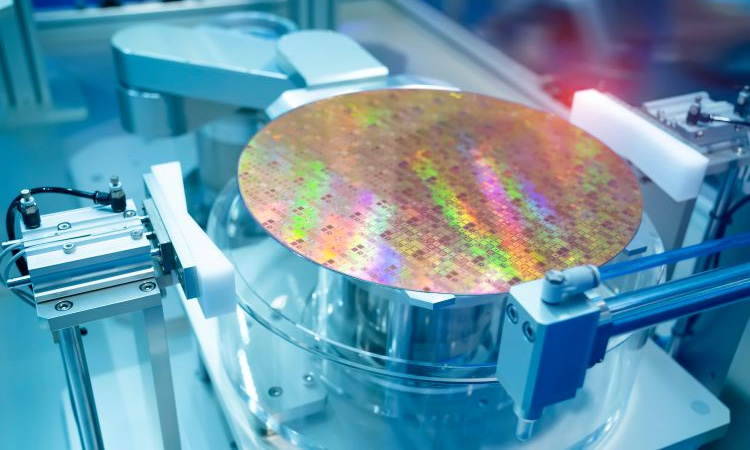
AI with a human touch: how generative AI and engineers are solving semiconductor data challenges together
In the high-stakes world of semiconductor manufacturing – where engineers grapple with terabytes of yield data, process logs, wafer measurements, and failure analysis – staying ahead demands more than just automation. “Every day’s a new problem – and engineers must apply their expertise in new ways,” shares Alessandro Chimera, Industry Solutions Lead at Spotfire.
Today’s environment calls for collaboration between human expertise and generative AI assistants. By blending AI’s speed with domain knowledge, teams can close in on insights faster, more precisely, and with more confidence.
 Human expertise meets generative AI
Human expertise meets generative AI
AI is reshaping semiconductor manufacturing, but it’s not replacing engineers; it’s augmenting them. In this final article of the series, you will learn how generative AI and visual data science empower engineers to move faster and smarter. From AI-powered recommendations to Spotfire Copilot™, hybrid intelligence enables faster root cause analysis, insight discovery, and knowledge sharing, all while engineers stay in control of decisions.
Think of generative AI as a co-pilot, not a replacement; engineers still guide analysis, validate findings, and make decisions. AI accelerates the process: it proposes charts, reveals patterns, helps interpret results, and automates routine tasks. This interplay ensures that technology amplifies, rather than overrides, human judgment.
Spotfire Copilot™: AI as an assistant, not a replacement
An example of this approach is Spotfire Copilot™, an AI assistant embedded within the Spotfire analytics platform. Leveraging large language models (LLMs), it enables natural-language prompts to drive visualizations, analyses, and insights, all while leaving the engineer fully in control. It is important to consider Copilot™ as an assistant to the human user of Spotfire; like driver-assisting features in modern cars where the driver needs to keep their hands on the wheel. Similarly, the Spotfire user should always vet the outputs of Copilot™.
Key capabilities include auto-chart generation and modification. Engineers can request modifications in plain English, such as “Show yield by lot” or “Convert that to a line chart,” and Copilot™ delivers instantly. It can narrate what a chart or analysis implies, providing clarity for engineers and stakeholders. From saving time on repetitive coding to answering questions grounded in real data, engineers can benefit from enhanced flexibility and governance.
Retrieval-augmented generation: grounding AI in real data
Generative AI shines when it’s grounded in real data, and that’s where retrieval-augmented generation (RAG) comes in. RAG enables LLMs to pull relevant information from a range of documents, whether process logs, spec sheets, or historical failure reports, before formulating answers. This ensures AI insights remain tethered to domain knowledge. 
For semiconductor engineers, this means Copilot™ can not only visualize yield patterns but also cite supporting documents, giving confidence that conclusions are evidence-based.
In semiconductor environments, time to insight is everything. Copilot™ and RAG are forging a new dynamic where engineers express intent in plain English. AI generates possibilities, highlighting potential factors like temperature drift or tool calibration anomalies. Engineers can then validate and refine data, applying domain expertise to confirm, reject, or deepen AI’s suggestions. Consequently, results are communicable and trusted, with explainable AI output that’s easily shared across teams.
The hybrid mind: engineers and AI shaping the future together
As Spotfire evolves with agent-based AI, knowledge graphs, and multi-agent orchestration, semiconductor engineers stand to benefit from contextually aware assistants that bridge silos. But the guiding principle won’t change: AI proposes; humans decide.
In the complex world of semiconductor data, the most powerful tool is the hybrid mind, where human intuition, domain expertise, and generative AI assistants like Spotfire Copilot™, powered by RAG, work in harmony. Together, they transform raw data into fast, accurate, and human-centered insight.
Discover the data advantage today with Spotfire visual data science.
Article sponsored by Spotfire®

 Human expertise meets generative AI
Human expertise meets generative AI